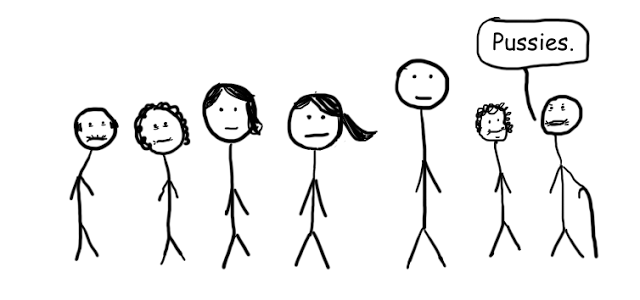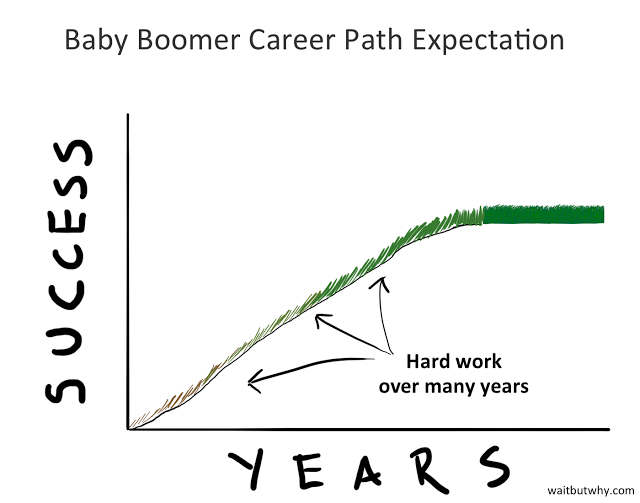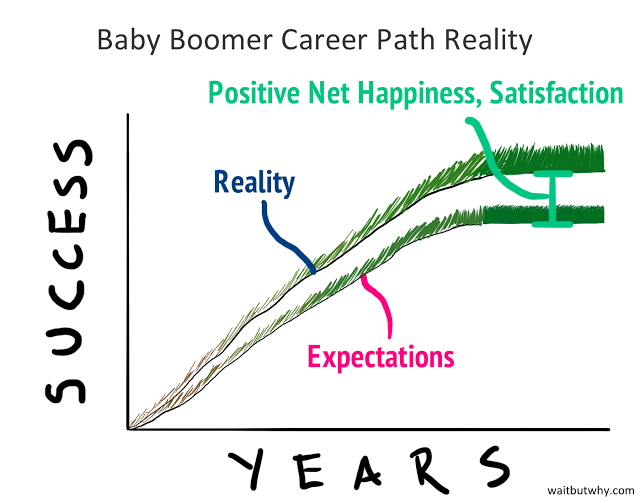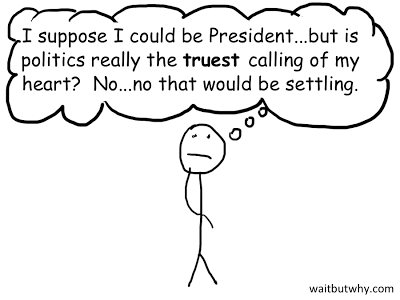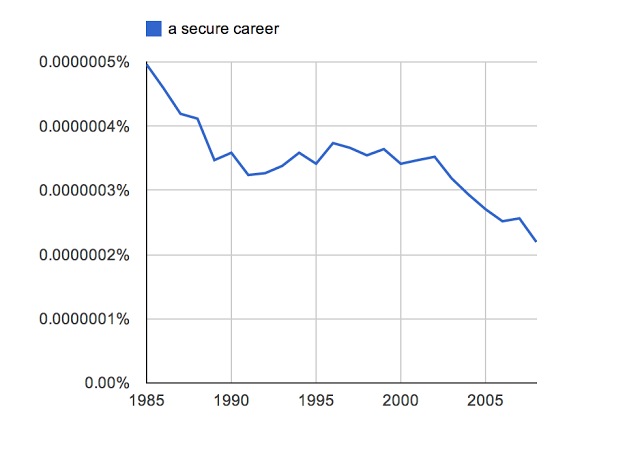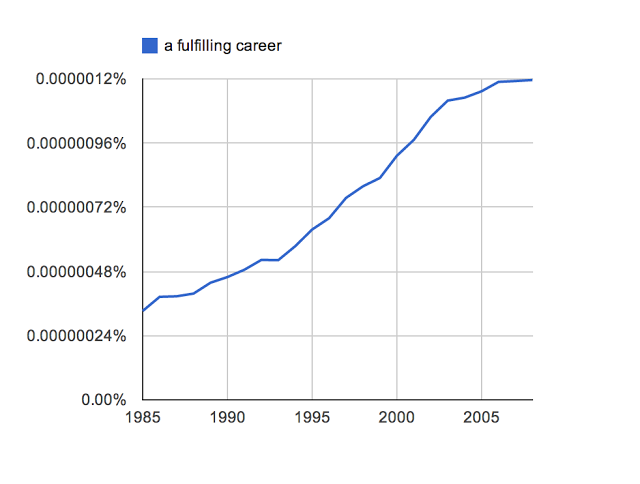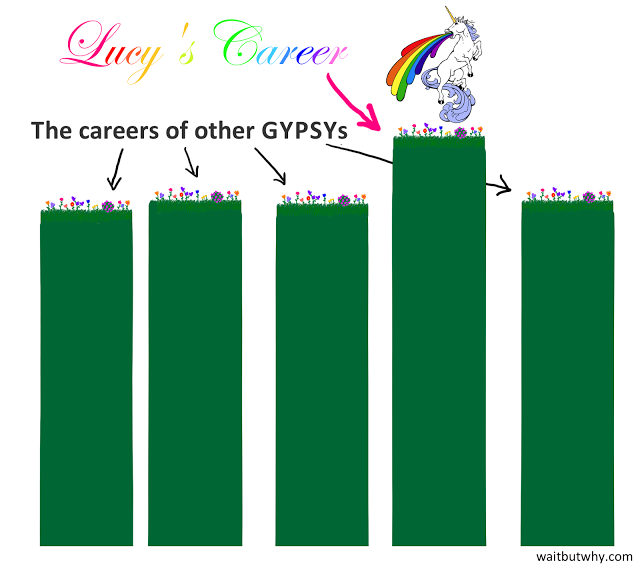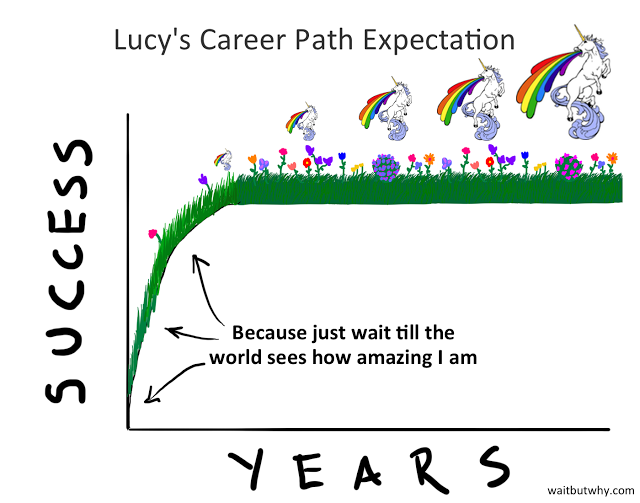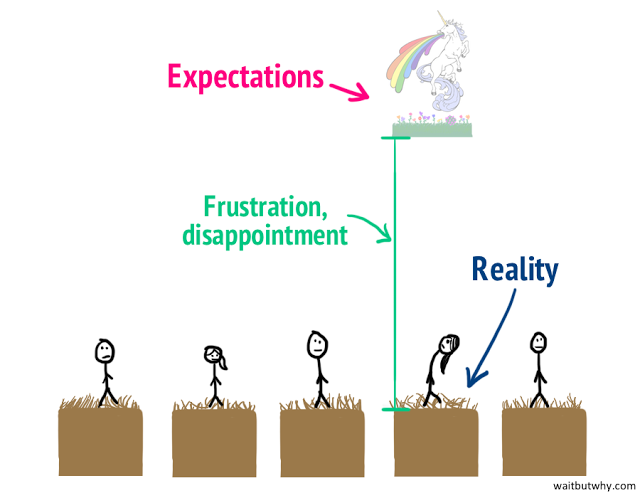Hypnosis is a controversial subject. The word hypnosis alone, conjures up pictures in the mind of many, some evil looking man waving a pocket watch back and forth to put people into trances and make them do things against their will. In the movie, Stir of Echoes, starring Kevin Bacon, after being hypnotized, Bacon starts experiencing all sorts of whacked out problems. In every Dracula movie ever produced, the vampires are often shown hypnotically staring down beautiful women before moving in for a late night snack.
But is the real process of hypnosis this evil? Can you get locked into a zombie like state under hypnosis? Can Satan enter your mind when you are hypnotized? Can you really be forced to do things against your will under hypnotism? Well, stick around and let us examine some of the common misconceptions surrounding the sometimes controversial practice of hypnosis.
Having been a practicing Hypnotherapist and Stage Hypnotist for over 13 years now, and having hypnotized over 15,000 people, I feel I have a pretty firm grasp on hypnotism and its controversies. With that in mind, let us first explore what physically happens to a person when experiencing hypnosis.
There are four known brain wave states or levels of mind. These are beta, alpha, theta and delta. Beta is the alert wakened state of mind, what you are experiencing right now. Then there is alpha, which is a relaxed physical state, along with a focused mental state. Next is theta, which is deep physical relaxation, with meditative like mental awareness (very dream like). Finally there is delta, or deep sleep.
Under hypnosis a person is fluctuating back and forth between alpha and theta brain wave levels, with theta being more dominant. It is at this state of mind that intensely focused concentration, imagination, and memory recall are most powerfully experienced. This is the trance experience. A person will be sitting in a physically relaxed state, even very limply in many cases. To the outside viewer a person under deep hypnosis can appear limp, loose, and lazy, kind of like a human puppet whose strings have been cut. This is what aids in the belief that hypnosis is a sleep like state. To the person who is experiencing hypnotism, even though they have allowed themselves to relax physically, their mind is very aware, sharp and alert.
Under hypnosis, the conscious mind is relaxed and the subconscious is triggered and opened up. This can seem kind of spooky to some. Many people fear what can happen to the subconscious when hypnotized. They have this belief that the subconscious is simply a sponge that will absorb all commands from the hypnotist, uncritically. This is simply not true. Let us examine some real instances from my experience as a hypnotist that show this to be false.
Case in point: I was performing my comedy hypnosis show for a group of high school students and their parents at an After Prom Party in Iowa once, and during the show I gave my hypnotized subjects a command that when I snap my fingers, on the count of three, that some wild dance music would start to play, and suddenly they would all think they are the worlds greatest dancers and stand up and start competing against each other in a dance contest. During most hypnosis shows I have performed, when I get to this routine in the show, everyone will get up and dance. In this instance though, when I snapped my fingers on the count of three, and the music started playing, everyone got up and really started moving, except for one boy.
Now this boy had reacted to every previous hypnotic command I had already given him during the show, but when it got to dancing in front of a live audience, he simply sat in his chair and shook his head no. Seeing this reaction, I realized he just really did not want to dance, so I quickly gave him a hypnotic suggestion to be my dance contest judge, which he readily agreed to.
After the show, to confirm my suspicions, I asked him about the dance routine in the show, and why he did not react to that, even though he reacted positively to every other hypnotic command I had given him that night. He simply stated, I hate to dance in front of others and never will. This proved to me the common statement that even under hypnosis you can not be forced to do something against your will.
Let us address now the fearful reaction I have experienced from some hard-lined Christians that say, hypnosis is of the Devil. This belief is totally formulated on fear. What has happened to these people is nothing more than a good case of brainwashing from their minister. If it were possible to be possessed by evil spirits under hypnosis, then we are all dead meat. Did you know that every time you watch TV, and get in one of those TV trances, you are in the hypnotic state? You know what I am talking about. When you are so into the program you are watching that you do not even react to what someone is saying right next to you, for example when they ask you a question 3 or 4 times before you really become aware of what they are saying and then you finally respond. Well guess what, that is because you are hypnotized. So, let me ask you this, are we all walking around possessed by the devil? Certainly not.
The bottom line is this. Hypnosis remains and always will remain a somewhat controversial subject. I simply ask you to explore it for yourself. React without fear or prejudice and then decide for yourself what it is really all about.
But is the real process of hypnosis this evil? Can you get locked into a zombie like state under hypnosis? Can Satan enter your mind when you are hypnotized? Can you really be forced to do things against your will under hypnotism? Well, stick around and let us examine some of the common misconceptions surrounding the sometimes controversial practice of hypnosis.
Having been a practicing Hypnotherapist and Stage Hypnotist for over 13 years now, and having hypnotized over 15,000 people, I feel I have a pretty firm grasp on hypnotism and its controversies. With that in mind, let us first explore what physically happens to a person when experiencing hypnosis.
There are four known brain wave states or levels of mind. These are beta, alpha, theta and delta. Beta is the alert wakened state of mind, what you are experiencing right now. Then there is alpha, which is a relaxed physical state, along with a focused mental state. Next is theta, which is deep physical relaxation, with meditative like mental awareness (very dream like). Finally there is delta, or deep sleep.
Under hypnosis a person is fluctuating back and forth between alpha and theta brain wave levels, with theta being more dominant. It is at this state of mind that intensely focused concentration, imagination, and memory recall are most powerfully experienced. This is the trance experience. A person will be sitting in a physically relaxed state, even very limply in many cases. To the outside viewer a person under deep hypnosis can appear limp, loose, and lazy, kind of like a human puppet whose strings have been cut. This is what aids in the belief that hypnosis is a sleep like state. To the person who is experiencing hypnotism, even though they have allowed themselves to relax physically, their mind is very aware, sharp and alert.
Under hypnosis, the conscious mind is relaxed and the subconscious is triggered and opened up. This can seem kind of spooky to some. Many people fear what can happen to the subconscious when hypnotized. They have this belief that the subconscious is simply a sponge that will absorb all commands from the hypnotist, uncritically. This is simply not true. Let us examine some real instances from my experience as a hypnotist that show this to be false.
Case in point: I was performing my comedy hypnosis show for a group of high school students and their parents at an After Prom Party in Iowa once, and during the show I gave my hypnotized subjects a command that when I snap my fingers, on the count of three, that some wild dance music would start to play, and suddenly they would all think they are the worlds greatest dancers and stand up and start competing against each other in a dance contest. During most hypnosis shows I have performed, when I get to this routine in the show, everyone will get up and dance. In this instance though, when I snapped my fingers on the count of three, and the music started playing, everyone got up and really started moving, except for one boy.
Now this boy had reacted to every previous hypnotic command I had already given him during the show, but when it got to dancing in front of a live audience, he simply sat in his chair and shook his head no. Seeing this reaction, I realized he just really did not want to dance, so I quickly gave him a hypnotic suggestion to be my dance contest judge, which he readily agreed to.
After the show, to confirm my suspicions, I asked him about the dance routine in the show, and why he did not react to that, even though he reacted positively to every other hypnotic command I had given him that night. He simply stated, I hate to dance in front of others and never will. This proved to me the common statement that even under hypnosis you can not be forced to do something against your will.
Let us address now the fearful reaction I have experienced from some hard-lined Christians that say, hypnosis is of the Devil. This belief is totally formulated on fear. What has happened to these people is nothing more than a good case of brainwashing from their minister. If it were possible to be possessed by evil spirits under hypnosis, then we are all dead meat. Did you know that every time you watch TV, and get in one of those TV trances, you are in the hypnotic state? You know what I am talking about. When you are so into the program you are watching that you do not even react to what someone is saying right next to you, for example when they ask you a question 3 or 4 times before you really become aware of what they are saying and then you finally respond. Well guess what, that is because you are hypnotized. So, let me ask you this, are we all walking around possessed by the devil? Certainly not.
The bottom line is this. Hypnosis remains and always will remain a somewhat controversial subject. I simply ask you to explore it for yourself. React without fear or prejudice and then decide for yourself what it is really all about.



